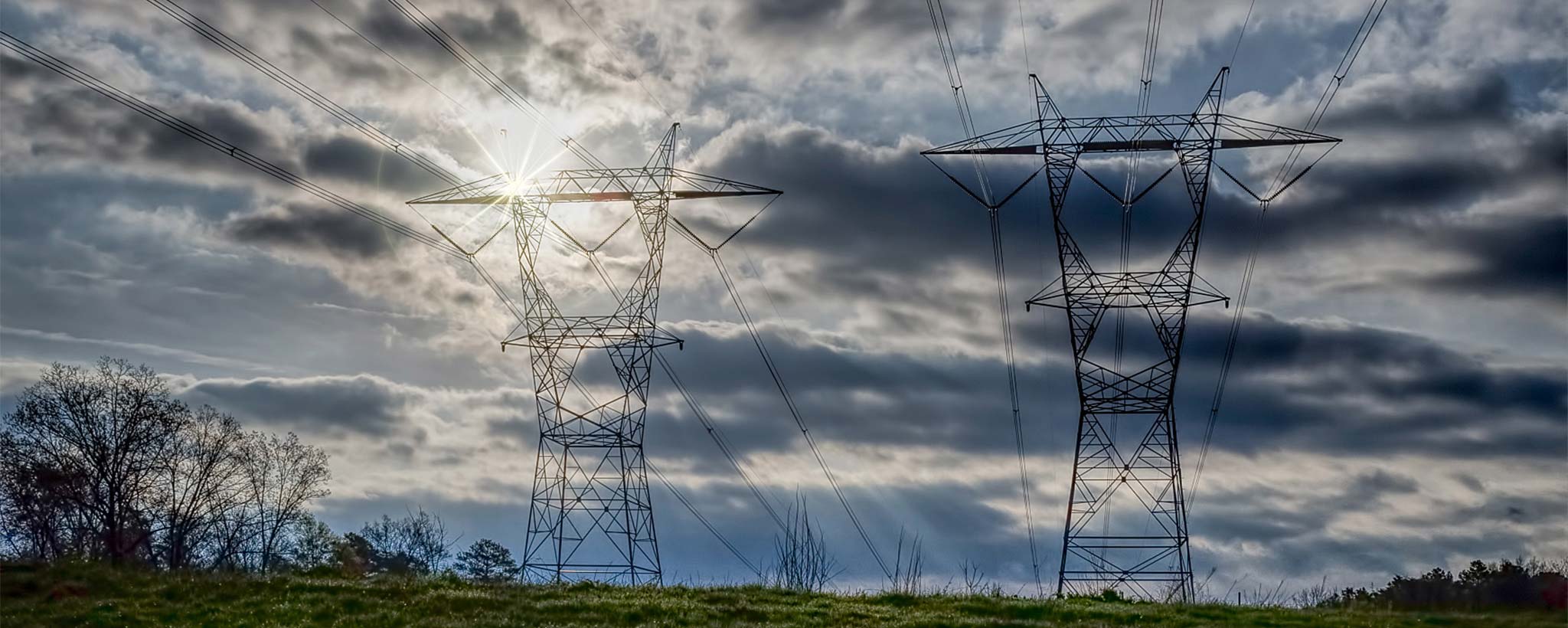Articles

Snakes on a... Transformer?
August 3, 2020 -- You may have heard of the movie Snakes on a Plane, but most people have never heard of, or even encountered, snakes on a transformer. It’s actually not an uncommon occurrence — and, if not corrected, can cause unwanted outages.
According to Annette Moore and Jason Baggett, general managers for TVA’s east and west Nuclear areas for transmission maintenance, there have been two outages in 2020 due to snakes climbing on or wrapping themselves around transformers at substations. It’s a pesky phenomenon that their teams deal with throughout the year.
“We have a handful of outages like these every year,” Moore said. “And it can be for different reasons depending on the season we’re in. In the cooler months, snakes are searching for warmth that the transformers provide, while in the warmer months they’re looking for a food source.”
That food source can be anything from birds nesting in the structures to rats and squirrels pillaging in or around the substation. When a snake climbs along the transformers to reach heat or food, its causes the transformer’s protective equipment relaying to trip — clearing what it believes to be a fault in the system — and results in an outage, as well as a deceased snake.
Baggett and Moore said that they and their teams have seen native snakes varying from massive rattlesnakes to common rat snakes near the substations. Venomous snakes are the most problematic, as both teams stumble upon them not only along the transformers but also “happily hanging out” inside yard cabinets or control boxes.
In situations like these, the teams call in the Tennessee Wildlife Resources Agency (TWRA) to have any snake they see — dangerous or not — professionally removed from the premises. They are not allowed to kill a snake unless it’s about to bite or cause a life-threatening situation.
“The problem with snakes is the element of surprise,” Baggett said. “Some of these little guys can camouflage themselves pretty well, so that’s why we tell our teams that, any time we’re working on or around a piece of equipment, we need to make sure we’re thoroughly scanning that equipment and the perimeter to ensure our work area is safe and clear of any hazards.”
Years of Preventative Measures
The challenge of snakes causing outages is nothing new for TVA. In the summer of 1963, the Wall Street Journal reported that TVA was trying a new approach to “power-hungry snakes.” In fact, TVA historian Pat Ezzell tells us that “Transmission System Maintenance asked their field crews to gather snakes for experiments at the Columbia, Tennessee, substation, and they created a kind of snake bank.”
Tests were performed employing the resources of modern chemistry, electricity and mechanics to repel the reptiles. Ezzell described one test: “All of the spider and bird nests from the high voltage equipment were removed, and then a chemical repellant was spread on the ground. The idea was that, with the food gone, there would be nothing to tempt the snakes and the chemical repellant would keep them away. Unfortunately, the snakes kept slithering into the substation and up the equipment.”
The new theory was that the snakes weren’t necessarily hungry but were instead attracted either by the infrared radiation from porcelain insulating components or by the oscillatory vibration of power frequencies, drawing them with the same effect as an old-world snake charmer. A year later, it was reported that, for TVA’s particular problem, a simple hardware-cloth installation — with its overhang barrier of a rough, jagged edge — was the most reliable and economic solution.
But Baggett explained that additional means must be taken to prevent snakes at the substations, such as eliminating their food source through rodent mitigation and nest removals. Baggett’s team — with the help of TWRA — is part of this mitigation effort, helping to put up squirrel guards around the insulators and rodent barriers along the ground.
“These guards keep squirrels from using the distribution lines and conductors as a way to crawl inside and nest around the insulators, thereby preventing an outage caused by them and possibly a snake later on,” he said. “We also install electric fences on the perimeter as a barrier that prevents both rats and squirrels from coming into the station from the ground level.”
According to Moore, covering trash cans and ensuring no trash is lying about also helps to prevent rodents and even birds from gathering in the area. Though rodents can be somewhat easy to deal with, birds and their nests are not.
“Removing nests are problematic, especially those of larger birds because we may or may not be able to relocate them,” Moore said. “Some birds, like Ospreys, are federally protected, so we make sure that TVA’s Environment staff is involved in any nest removal. Anything we can do to prevent them from wanting to nest in the area is crucial for eliminating snake troubles in the long run.”
It's All About Reliability
Though it’s one of the oldest causes of outages that Moore and Baggett’s teams face, both agree that they are just as committed to deterring snakes and other pests from their areas as they are to clearing trees from their lines.
“Snakes, squirrels, rats, and even raccoons — as strange as it is — this is all part of keeping the lights on,” Baggett said. “If we see a trend or cause for an outage, we’re making sure to address it. Because, at the end of the day, we want to be good stewards of what we have in serving the people of the Valley.”